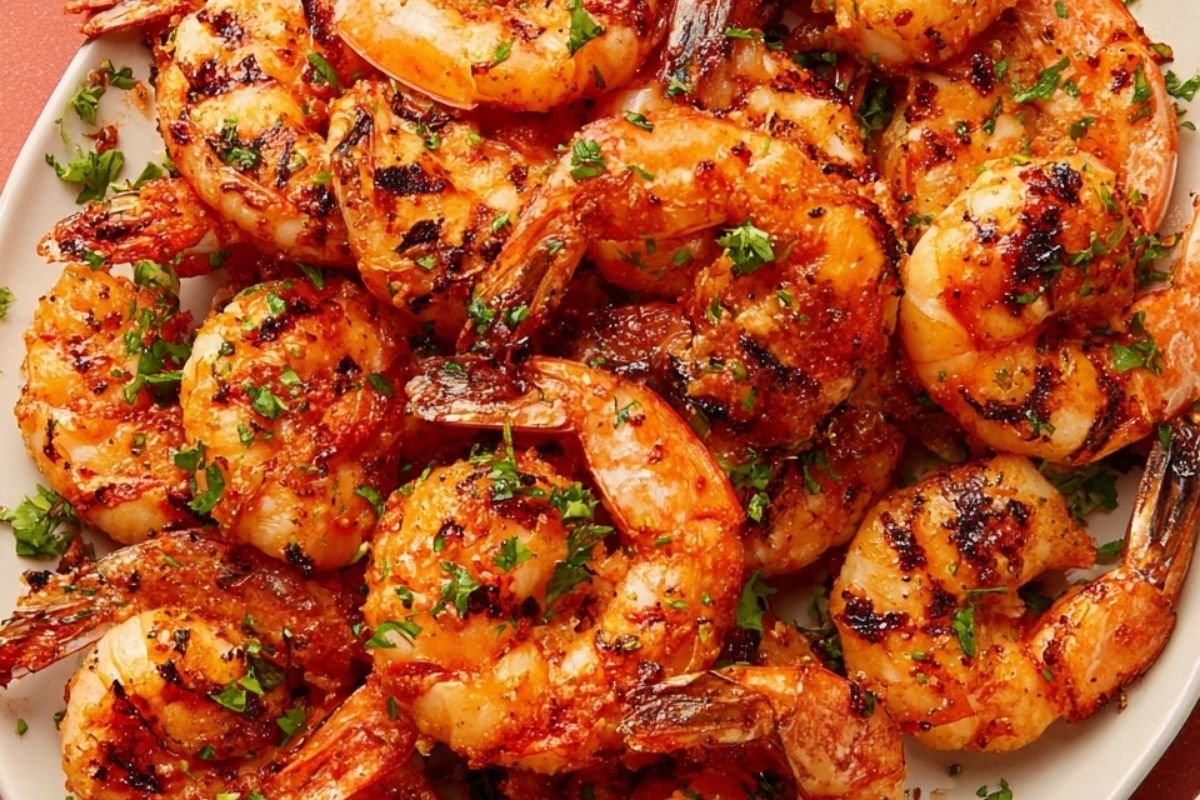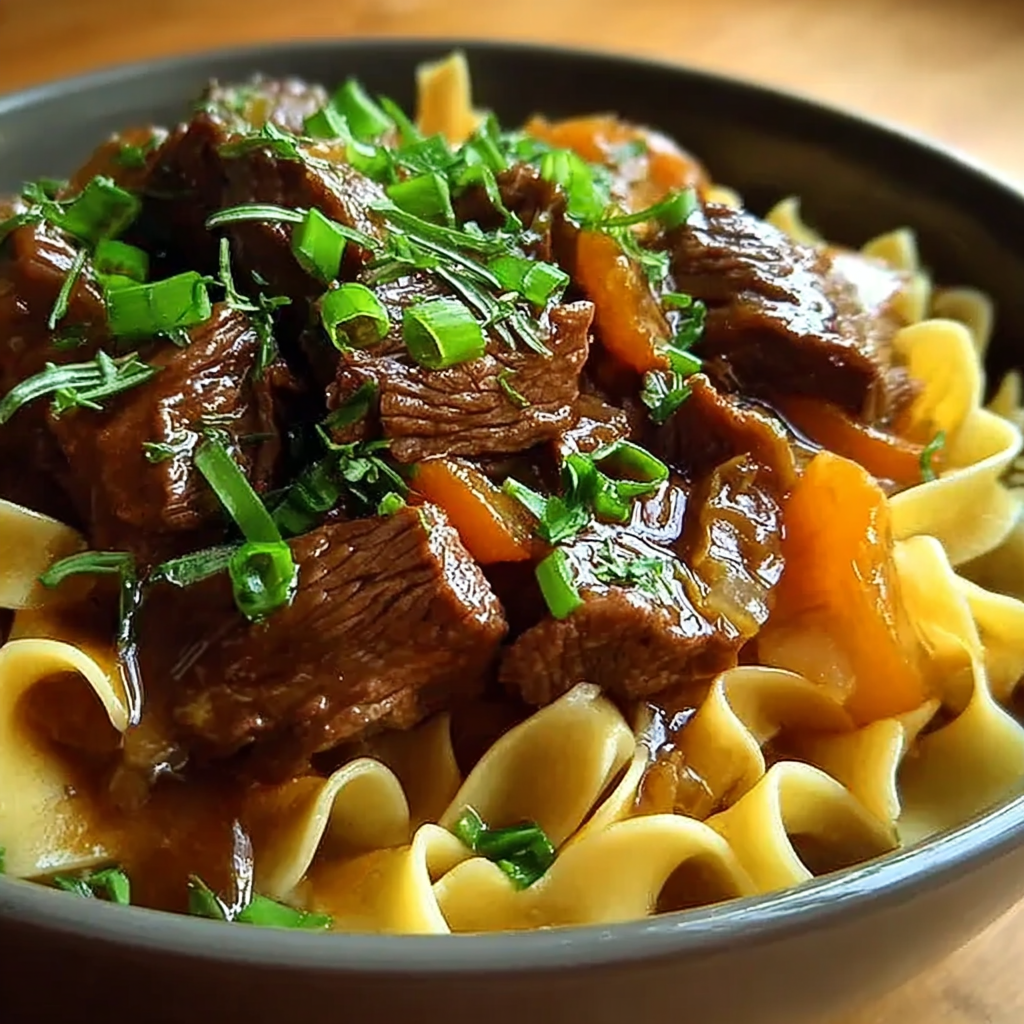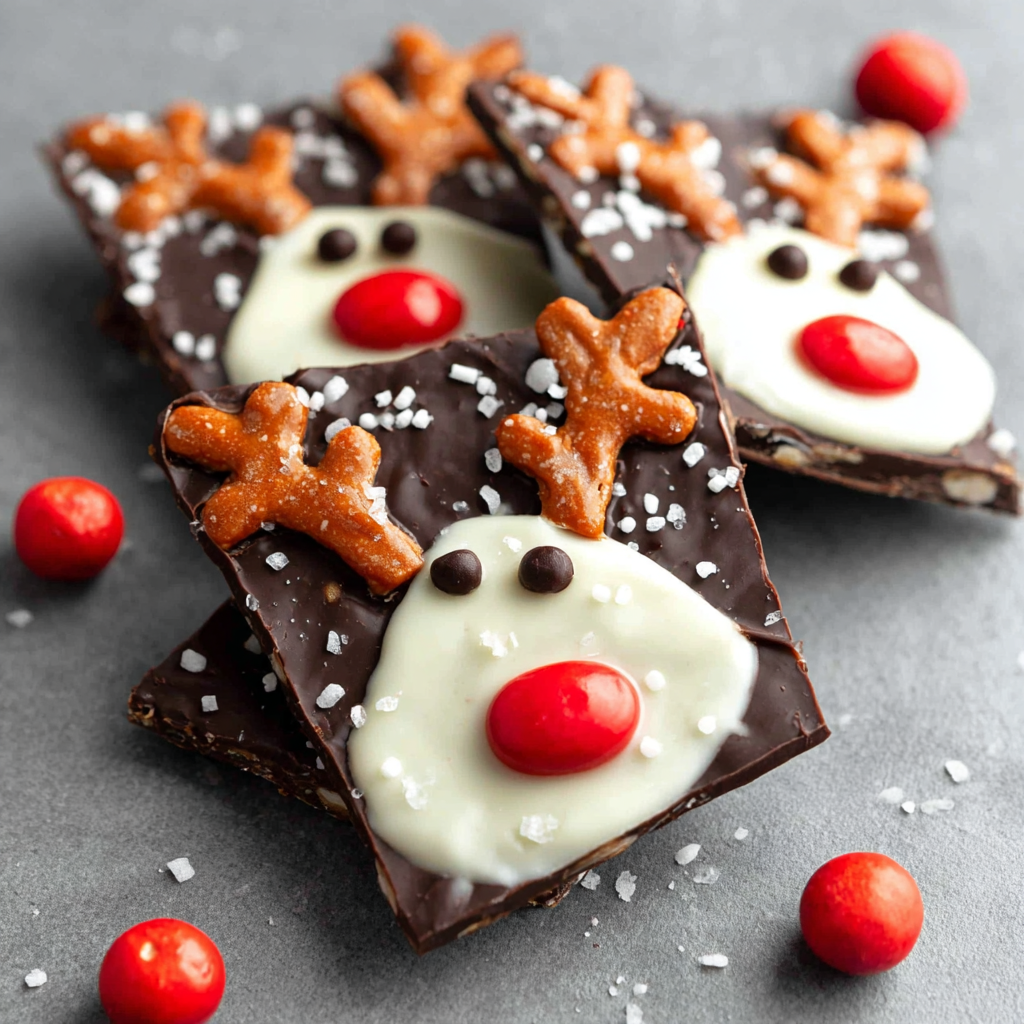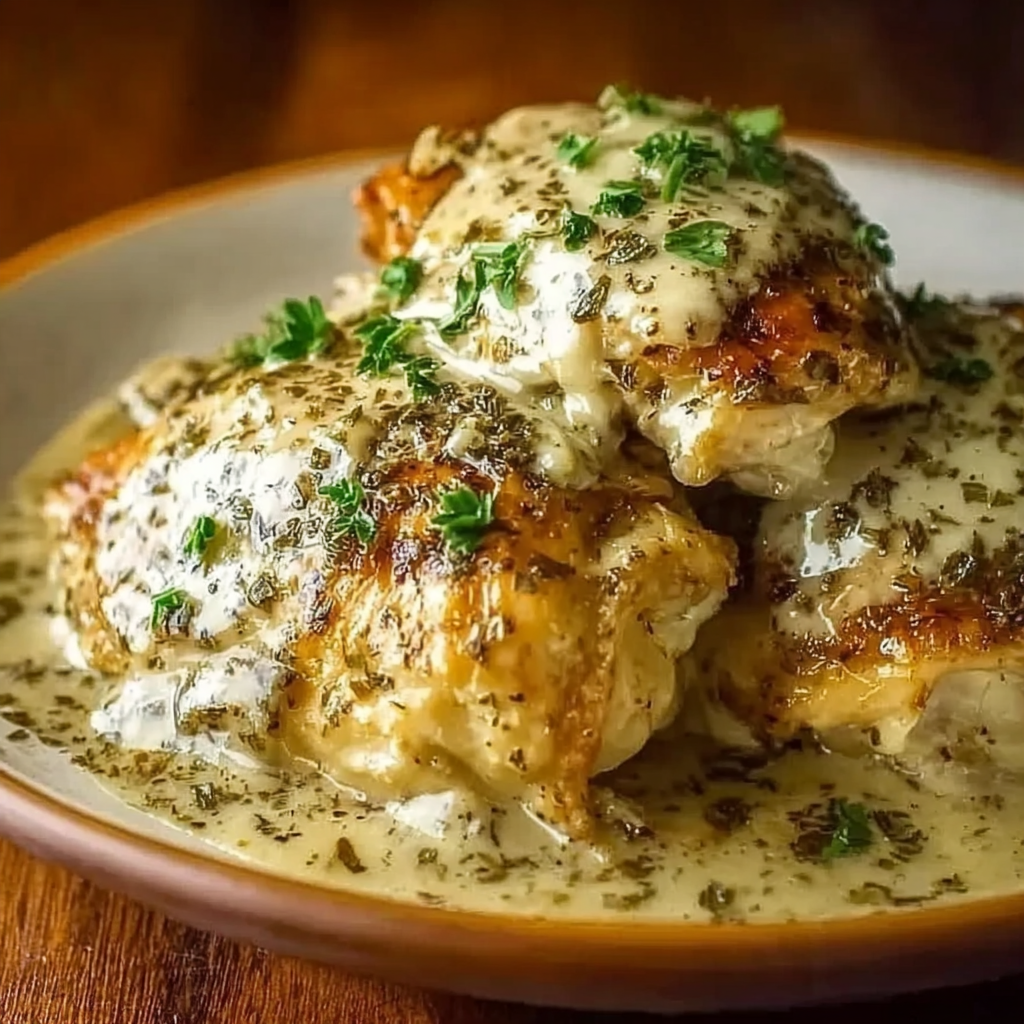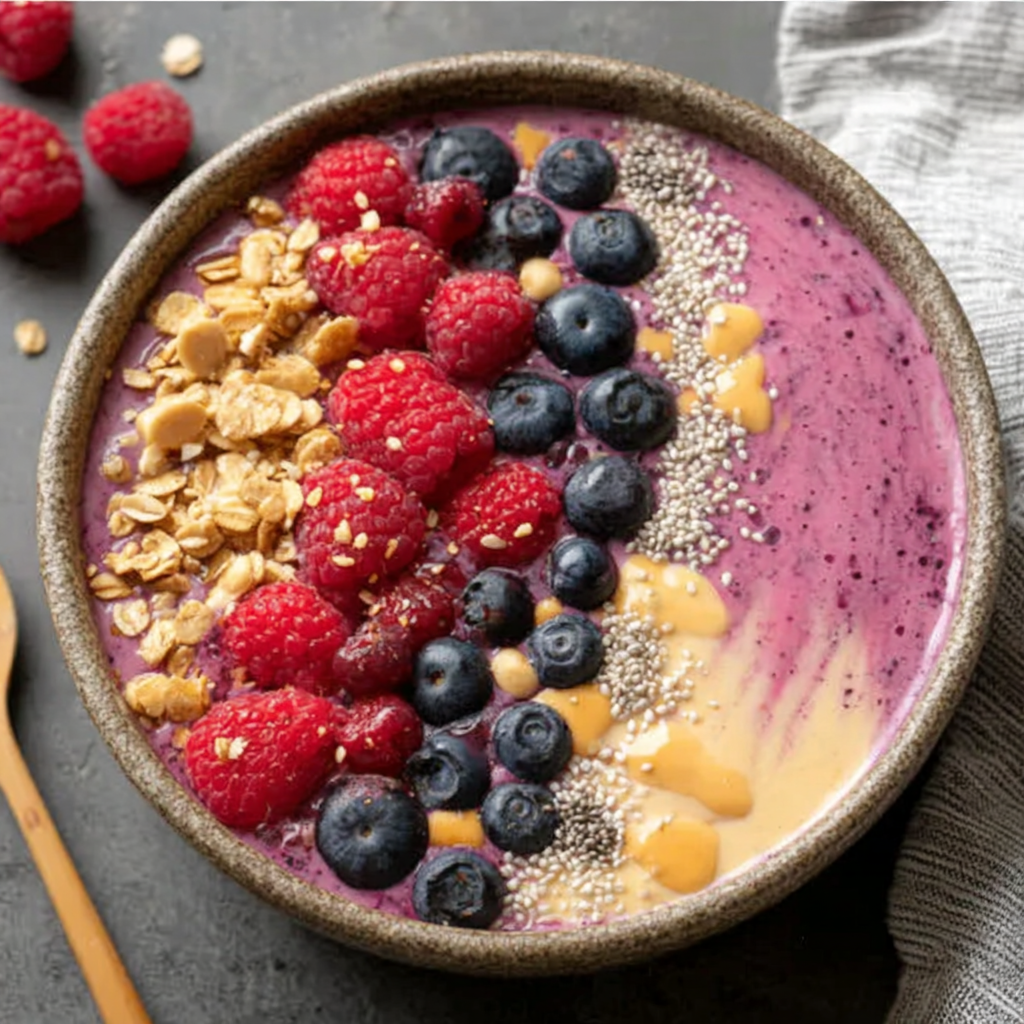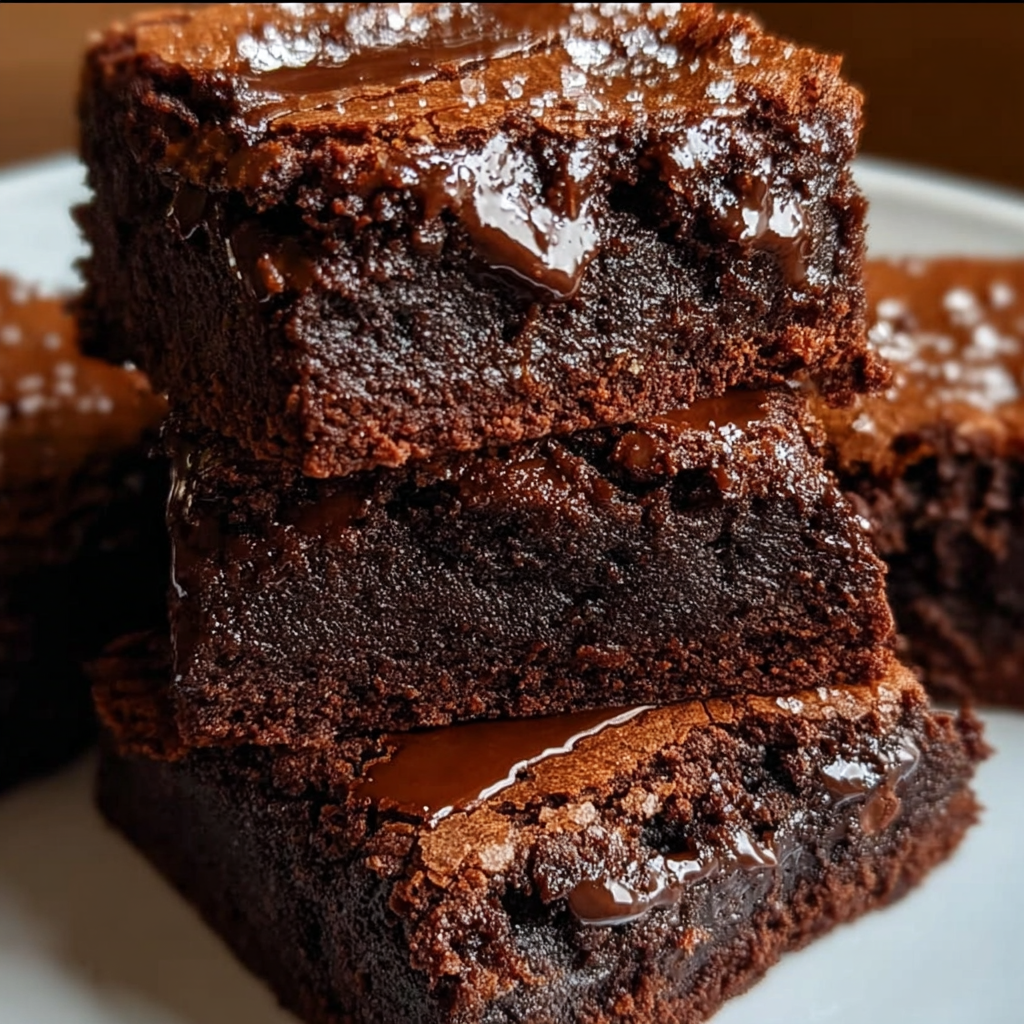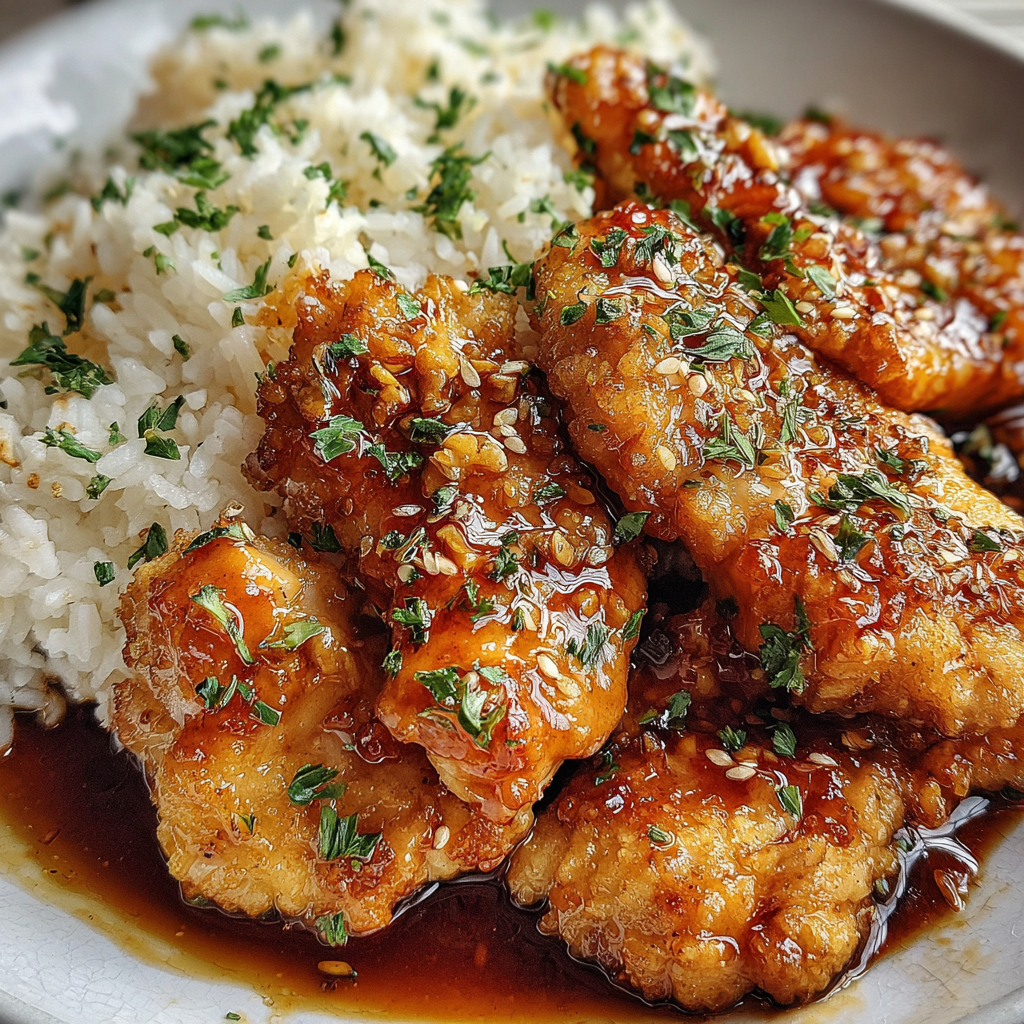Smoky Grilled Seafood is the kind of meal that turns an ordinary night into something memorable. Picture plump shrimp and flaky salmon or cod kissed by a hot grill, seasoned with smoked paprika, garlic, and a hint of cayenne — finished with a squeeze of lemon. The result is a bright, smoky, slightly spicy dish that’s fast, healthy, and undeniably delicious. This article is your all-in-one resource for mastering Smoky Grilled Seafood: the recipe, pro grilling techniques, ingredient shopping advice, marinades and rubs, side pairings and sauces, nutrition, meal-prep strategies, variations from around the world, troubleshooting tips, extensive FAQs, and a final conclusion.
Throughout this guide you’ll find the focus phrase Smoky Grilled Seafood used often and naturally so search engines and real readers both know exactly what this article covers. Read on to become confident at grilling seafood like a pro.
The Recipe: Smoky Grilled Seafood (Quick Reference)
Ingredients
- 1 lb shrimp (peeled and deveined)
- 1 lb fish fillets — salmon or cod work best (about 2 fillets)
- 2 tbsp olive oil
- 1 tsp smoked paprika
- 1 tsp garlic powder
- 1/2 tsp cayenne pepper (adjust to taste)
- Salt & black pepper to taste
- Lemon wedges, for serving
Directions
- Preheat grill to medium-high heat and oil the grates.
- In a bowl, toss shrimp and fish with olive oil, smoked paprika, garlic powder, cayenne, salt, and pepper until evenly coated.
- Grill shrimp 2–3 minutes per side until pink with slight char. Grill fish 4–5 minutes per side (depending on thickness) until opaque and flaky.
- Remove, plate, and serve with lemon wedges.
Prep Time: 10 minutes | Cook Time: 10 minutes | Total Time: 20 minutes
Servings: 4 | Approx. Calories: ~290 per serving
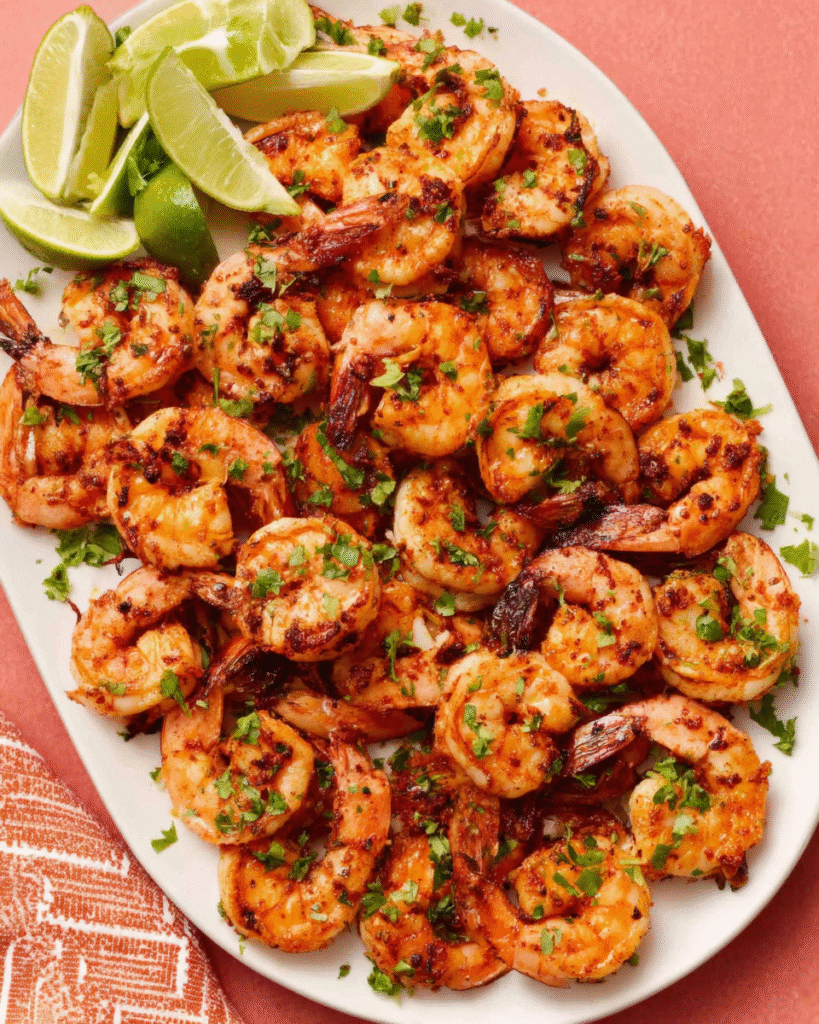
Why Smoky Grilled Seafood Works
Smoky Grilled Seafood works because it plays on contrast and balance. Seafood is delicate and slightly sweet; the grill lends savory char and a smoky profile. Smoked paprika adds a warm, barbecue-like smokiness without needing wood smoke. Garlic powder builds savory depth, while cayenne supplies a controlled heat that wakes up the palate. A final acid — lemon juice — brightens everything, preventing the dish from feeling heavy.
This combination is versatile: it pairs beautifully with light salads, grain bowls, or even tacos. The recipe cooks fast, making it ideal for weeknights and warm-weather cookouts alike.
Choosing Your Seafood: Best Options & Tips
Selecting the right seafood is the first step to great Smoky Grilled Seafood.
Shrimp
- Opt for large (16–20 count) shrimp for good texture; they won’t overcook as easily as tiny shrimp.
- Buy peeled and deveined for convenience, or purchase shells-on for added flavor when grilled (but you’ll need to peel afterward).
- Wild-caught vs farmed: wild-caught has a firmer texture and flavor but may cost more.
Fish
- Salmon — rich and oily, excellent on the grill. Its fat content resists drying.
- Cod — mild, flaky white fish; grill carefully or use a fish basket.
- Other great choices: halibut, mahi-mahi, swordfish, or tuna steaks (tuna likes a quick sear rather than long grilling).
Freshness
- Look for clear, bright eyes on whole fish, a fresh sea smell (not fishy), and firm flesh. For fillets, they should look moist and have no brown edges.
Prep Work: How to Ready Seafood for the Grill
- Thaw Properly: If frozen, thaw overnight in the fridge or under cold running water for faster thawing. Never microwave to thaw fish or shrimp.
- Dry it Well: Pat seafood thoroughly dry with paper towels. Dry surfaces sear better and reduce sticking.
- Even Thickness: For fish fillets, consider butterflying thick pieces or pounding to even thickness so they cook evenly.
- Marinate Briefly: Seafood is delicate — marinate no longer than 15–30 minutes in oil-based marinades. Acidic marinades (lemon, vinegar) can “cook” fish if left too long.
The Seasoning: Building the Smoky Rub
The classic Smoky Grilled Seafood rub is simple but effective:
- Smoked paprika — the core smoky note. Use Spanish pimentón if possible (sweet, hot, or smoked varieties exist).
- Garlic powder — concentrates savory garlic without burning.
- Cayenne pepper — a little heat; adjust to taste.
- Salt & pepper — essential to bring out flavor.
Optional additions:
- Onion powder, ground cumin, dried thyme, or lemon zest can be mixed in for complexity.
- For a citrusy rub, add dried orange peel or a sprinkle of sumac.
Coat seafood lightly with olive oil to help spices adhere and to prevent sticking on the grill.
Grilling Techniques: How to Grill Shrimp and Fish Perfectly
Preheat & Clean
- Preheat grill to medium-high (about 400–450°F). A hot grill gives good sear marks.
- Clean and oil grates to prevent sticking. Use a folded paper towel dipped in oil and held with tongs to oil the grates.
Shrimp
- Thread shrimp on skewers (metal or soaked wooden skewers) to make flipping easier.
- Grill 2–3 minutes per side, watching closely — shrimp turn from translucent to opaque and curl into a “C” when done. Avoid overcooking to maintain tenderness.
Fish
- Start skin-side down (if skin-on) and grill without moving for an initial sear — 4–5 minutes depending on thickness.
- Flip once carefully with a wide spatula. Fish is done when it flakes easily and is opaque throughout but still moist.
- For delicate fillets, use a fish basket or grill on a piece of oiled aluminum foil with holes poked to allow smoke.
Indirect Heat for Thick Cuts
- For thicker fillets, sear over direct heat then move to indirect heat to finish cooking gently.
Achieving Real Smoke: Tools & Tips
If you want authentic smoky flavors beyond smoked paprika:
- Use wood chips: Soak wood chips (hickory, applewood, cherry) for 30 minutes and place them in a smoker box or wrap in foil with holes and place on coals or the gas burner.
- Charcoal grill: Charcoal provides a more natural smoky flavor than gas.
- Smoker: Low-and-slow grilling in a smoker gives deeper smoke penetration, but for most seafood, a quick 10–20 minute cook is ideal.
Marinades vs. Rubs: When to Use Which
Rubs (dry) — ideal for quick cook times and for preserving the seafood’s texture. A rub of olive oil + spice mix coats the surface and imparts flavor without breaking down the flesh.
Marinades — oil-based marinades with a splash of acid and seasoning can be used, but limit time:
- 15–30 minutes for shrimp.
- 15–20 minutes for fish fillets if acid is present (lemon, vinegar); longer can “cook” the flesh.
Sauces & Finishing Touches
A great sauce or finishing sprinkle can elevate Smoky Grilled Seafood:
Simple Lemon-Garlic Butter
- Melt butter, stir in minced garlic and lemon juice, spoon over grilled seafood.
Herb Chimichurri
- Parsley, cilantro, garlic, red wine vinegar, olive oil — bright and herbaceous.
Mango Salsa
- Diced mango, red onion, jalapeño, cilantro, lime juice — a sweet-heat contrast with grilled fish.
Tzatziki
- Yogurt, cucumber, garlic, dill — a cooling option for spicy rubs.
Aioli
- Garlic mayonnaise with lemon — rich and decadent.
Drizzle sauce on or serve alongside for dipping. A final squeeze of lemon just before serving brightens the entire plate.
Side Dishes That Complement Smoky Grilled Seafood
Pair Smoky Grilled Seafood with sides that balance the smokiness:
- Lemon herb quinoa or garlic rice — grains soak up juices.
- Grilled vegetables — zucchini, asparagus, corn, and bell peppers echo the char.
- Fresh salads — arugula with citrus vinaigrette, cucumber-tomato salad.
- Creamy polenta — for a comforting contrast.
- Coleslaw — crunchy, acidic slaw cuts the richness.
For tacos, use corn tortillas, shredded cabbage, avocado, and crema.
Wine & Drink Pairings
- Sauvignon Blanc — crisp acidity and citrus notes pair well with grilled fish.
- Pinot Grigio — light, clean, and refreshing.
- Rosé — versatile and food-friendly.
- Light Lager or Pilsner — for beer lovers.
- Non-alcoholic: sparkling water with lime or a citrus iced tea works well.
Nutrition Snapshot
Smoky Grilled Seafood is nutritious:
- Seafood provides lean protein, omega-3 fatty acids (especially salmon), vitamins B12, D, and minerals like selenium.
- Olive oil supplies monounsaturated fats.
- The dish is typically low in carbs and moderate in calories (~290/cal per serving depending on portion sizes and sides).
Meal Prep & Batch Cooking
- Cook & Chill: Grill seafood, cool quickly, and store in airtight containers in the fridge for up to 2 days. Reheat gently to preserve texture.
- Freezing: Cooked seafood can be frozen but may lose some texture. Flash-freeze on a sheet tray, then bag; use within 1–2 months.
- Use in Bowls: Add leftover Smoky Grilled Seafood to grain bowls or salads for easy lunches.
Global Variations & Flavor Inspirations
Mediterranean-style: add oregano, lemon zest, and serve with olives, tomatoes, and tzatziki.
Cajun-style: swap in Cajun seasoning for the rub and serve with dirty rice.
Asian twist: use sesame oil, soy, ginger, and top with scallions and sesame seeds.
Caribbean: use jerk seasoning and mango salsa.
These variations illustrate how the core technique of smoky grilling adapts across cuisines.
Troubleshooting: Common Problems & Fixes
Problem: Fish sticks to the grill.
Fix: Make sure grates are clean and well-oiled. Pat fish dry and avoid moving it too early — let it form a crust.
Problem: Shrimp rubbery.
Fix: Shrimp overcooks fast — remove as soon as they’re opaque and curled into a loose “C.”
Problem: Seasoning burns.
Fix: If rub contains sugar, grill over slightly lower heat or use indirect heat to avoid charring.
Problem: Fish breaks apart when flipping.
Fix: Use a wide spatula or fish spatula, and flip only once. Consider grilling skin-side down first to stabilize the fillet.
Sustainability & Sourcing Advice
Choose sustainable seafood whenever possible. Look for MSC certification or consult guides like the Monterey Bay Aquarium’s Seafood Watch to pick species that are responsibly harvested or farmed. Wild-caught salmon from well-managed fisheries, or responsibly farmed fish, can balance taste and environmental concerns.
Full, Detailed Recipe (with options)
Smoky Grilled Seafood — Serves 4
Ingredients:
- 1 lb large shrimp, peeled & deveined (or shells-on if you prefer)
- 1 lb fish fillets (salmon or cod), about 1–1.5 inches thick
- 2 tbsp extra-virgin olive oil
- 1 tsp smoked paprika (pimentón)
- 1 tsp garlic powder
- 1/2 tsp cayenne pepper (or less)
- 1 tsp kosher salt
- 1/2 tsp freshly ground black pepper
- Lemon wedges and chopped parsley for garnish
Method:
- Rinse fish and shrimp under cold water and pat dry.
- In a mixing bowl, combine olive oil, smoked paprika, garlic powder, cayenne, salt, and pepper. Stir to make a paste.
- Add shrimp and fish to the bowl and toss gently to coat. Let rest 10–15 minutes at room temp (no longer if you used citrus in marinade).
- Heat grill to medium-high. Oil grates.
- For shrimp: thread on skewers and grill 2–3 minutes per side. For fish: place skin-side down first, grill 4–5 minutes per side depending on thickness. Use indirect heat for thicker cuts: sear then finish over lower heat.
- Remove to platter, garnish with lemon and parsley, and serve with your chosen sides.
Variations & swaps: See sections above.
Frequently Asked Questions (FAQs)
Q1: Can I make Smoky Grilled Seafood on a stovetop?
Yes. Use a heavy cast-iron skillet or grill pan over medium-high heat. Preheat well, oil the pan, and sear as you would on a grill. For added smoke, finish with a teaspoon of liquid smoke in the rub (use sparingly) or add smoked paprika.
Q2: How do I prevent seafood from sticking to the grill?
Ensure grates are clean and preheated. Oil the grates with a high-heat oil. Pat seafood dry and brush lightly with oil. Don’t move pieces too soon — allow a seared crust to form before flipping.
Q3: What internal temperature should fish and shrimp reach?
Fish is done at 145°F (63°C) and should be opaque and flake easily. Shrimp are done when they turn pink and opaque and curl into a loose “C” — typically reached before temperature measures are needed for smaller shrimp.
Q4: Can I prepare the rub or marinade ahead of time?
Yes. Dry rubs mix well and store in the pantry. If you premix an oil-based marinade, apply it to seafood no more than 30 minutes before cooking.
Q5: Is smoked paprika the same as regular paprika?
No. Smoked paprika (pimentón) provides a smoked, slightly sweet flavor. Regular paprika can substitute but lacks the smoky character. Use chipotle powder for a smoky and spicy twist.
Q6: How do I make this recipe kid-friendly?
Reduce or omit cayenne pepper. Offer lemon wedges and milder dipping sauces like a simple yogurt dip or tartar sauce.
Q7: Can I grill frozen seafood?
Thaw fully first. Grilling from frozen yields uneven cooking; thaw in the fridge overnight or under cold water for quicker thawing.
Q8: Which is better on the grill—salmon or cod?
Both are great. Salmon’s fattiness makes it forgiving and flavorful on the grill. Cod is leaner and milder; it requires careful handling to prevent flaking apart. Choose based on texture and flavor preference.
Q9: How can I infuse more smoke flavor without a smoker?
Use smoked paprika in the rub, add briefly smoked wood chips on a gas grill, or cook over a charcoal fire for natural smoke. A tiny dash of liquid smoke can be used sparingly.
Q10: What side dishes work best for leftovers?
Leftover Smoky Grilled Seafood is great over salads, in wraps, on grain bowls with farro or quinoa, or mixed into pasta with a little olive oil and lemon.
Conclusion
Smoky Grilled Seafood is a versatile, fast, and flavorful dish that deserves a regular spot in your meal rotation. Whether you choose salmon, cod, or shrimp, the combination of smoked paprika, garlic, and a hint of cayenne brings out the best in seafood — while the grill adds that unbeatable char and aroma. This recipe is fast enough for weeknights, attractive enough for guests, and healthy enough to be part of a balanced diet.
Mastering Smoky Grilled Seafood is about attention to a few small details: dry the seafood, preheat and oil the grill, don’t over-marinate delicate fillets, watch cook times closely, and finish with a bright squeeze of lemon. With the tips, rubs, variations, sides, and troubleshooting advice in this guide, you’re equipped to make perfect smoky, charred seafood at home any time. Try the recipe this week, experiment with the variations, and enjoy the delicious payoff — smoky, succulent, and simple.
Print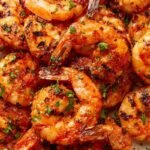
Smoky Grilled Seafood — The Complete Guide
Ingredients
-
1 lb shrimp
-
1 lb fish fillets (salmon or cod)
-
2 tbsp olive oil
-
1 tsp smoked paprika
-
1 tsp garlic powder
-
1/2 tsp cayenne pepper
-
Salt & pepper to taste
Instructions
-
Preheat grill to medium-high.
-
In a bowl, toss seafood with olive oil and seasonings.
-
Grill shrimp 2–3 minutes per side, fish 4–5 minutes per side.
-
Serve hot with lemon wedges.
